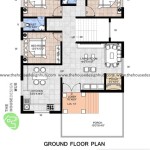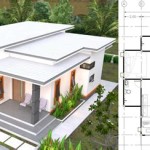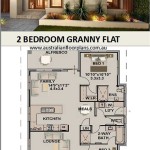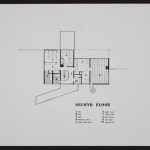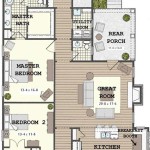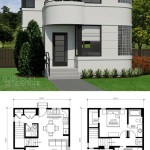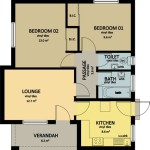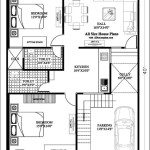Essential Aspects of Small Cabin House Plans to Consider
Building a small cabin can be an exciting and fulfilling endeavor, but it's crucial to carefully consider essential aspects to ensure a functional and comfortable living space. Here are key elements to keep in mind when planning your cabin:
1. Determine Your Space Needs
Consider the number of occupants, storage requirements, and desired amenities. Determine the ideal square footage and number of rooms to accommodate your lifestyle and expectations.
2. Choose a Suitable Location
Factors to consider include accessibility, proximity to utilities, views, sunlight exposure, and privacy. Ensure the location meets building codes and environmental regulations.
3. Establish a Budget
Estimate the overall cost of materials, labor, permits, and utilities. Be realistic about your budget and consider potential future expenses for upgrades or repairs.
4. Select a Floor Plan
Choose a floor plan that suits your needs and preferences. Consider the flow of traffic, natural light, and efficient use of space. Explore various layout options to find the best fit.
5. Utilize Energy-Efficient Features
Incorporate energy-saving measures, such as insulation, energy-efficient appliances, and renewable energy sources. This reduces operating costs and enhances sustainability.
6. Prioritize Functionality
Ensure the cabin has adequate storage space, well-designed workspaces, and ergonomic furniture. Pay attention to practical details that enhance usability and comfort.
7. Consider Long-Term Maintenance
Choose materials that are durable and low-maintenance. Plan for accessibility to key areas for routine maintenance and repairs. Regular upkeep helps prolong the life of the cabin.
8. Seek Professional Advice
Consult an architect or building professional to ensure the plans are code-compliant, structurally sound, and meet your specific requirements.
9. Don't Forget the Exterior
Pay attention to the exterior design and materials. Consider factors such as weather resistance, aesthetics, and integration with the surrounding environment.
10. Allow for Expansion
Consider future needs and potential expansion. Plan for additional space or add-ons that can be incorporated in the future without compromising the existing structure.
By carefully considering these essential aspects, you can create a small cabin house plan that meets your unique needs, provides comfort and functionality, and stands the test of time.
Small Cabin House Plans With Loft And Porch For Fall Houseplans Blog Com

13 Best Small Cabin Plans With Cost To Build Tiny Simple

Small Cabin Designs With Loft Floor Plans

27 Adorable Free Tiny House Floor Plans Craft Mart

Small Cabin Designs With Loft Floor Plans
:max_bytes(150000):strip_icc()/SL-988_FCR-0a1aa759de95445a96be45a8aefc2749.jpg?strip=all)
Cabins And Cottages Under 1 000 Square Feet

Small Cabin House Plans Floor Construction Guest

13 Best Small Cabin Plans With Cost To Build Craft Mart

Small Cabin House Plans Floor Construction

Cabin Floor Plans Small

